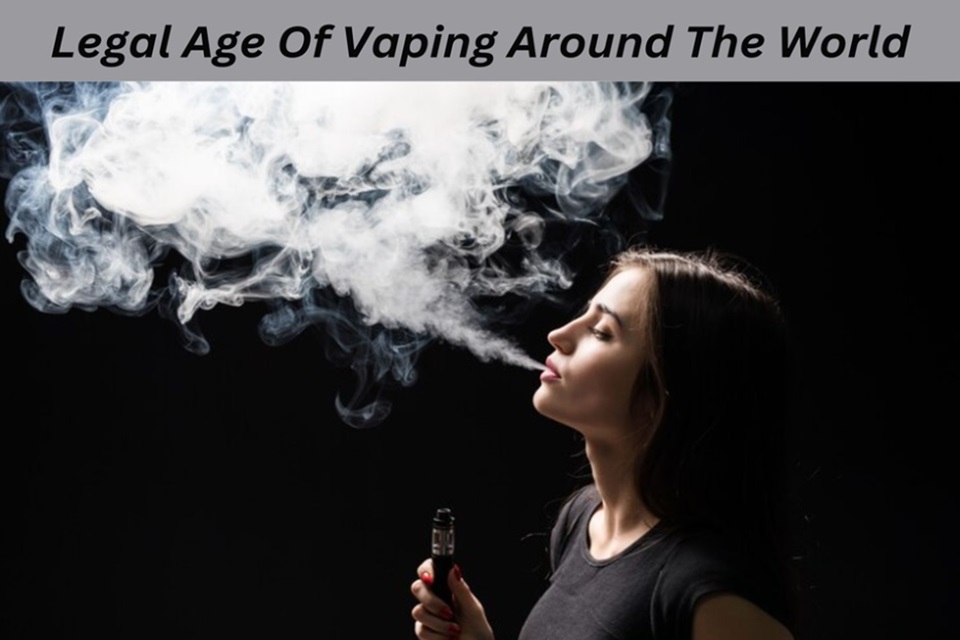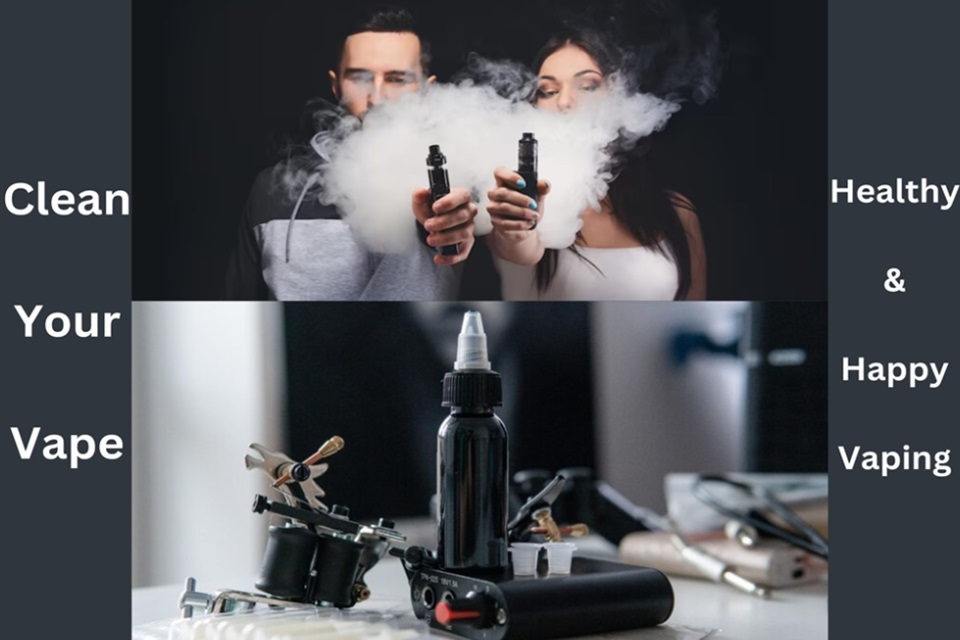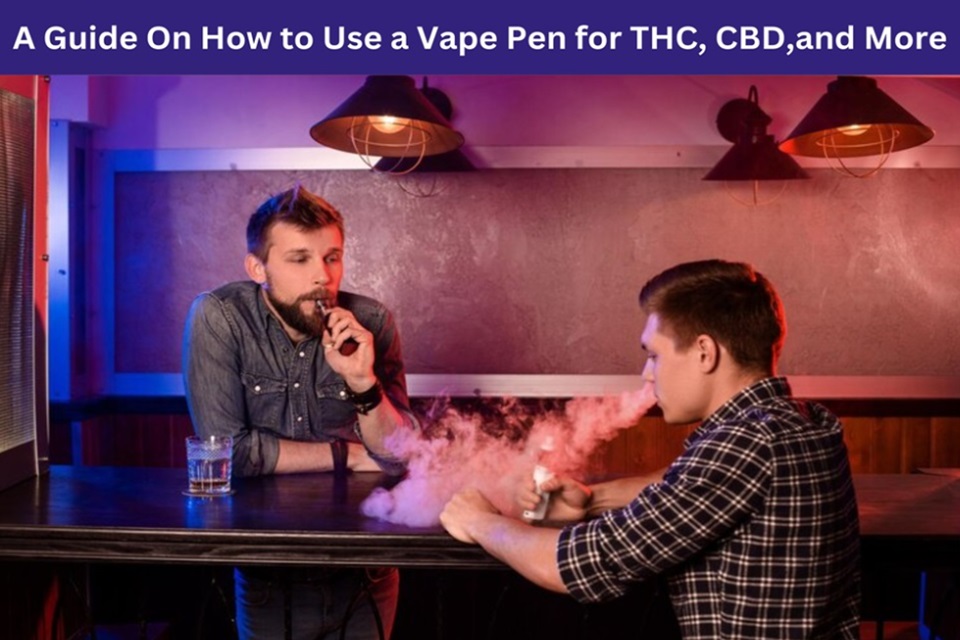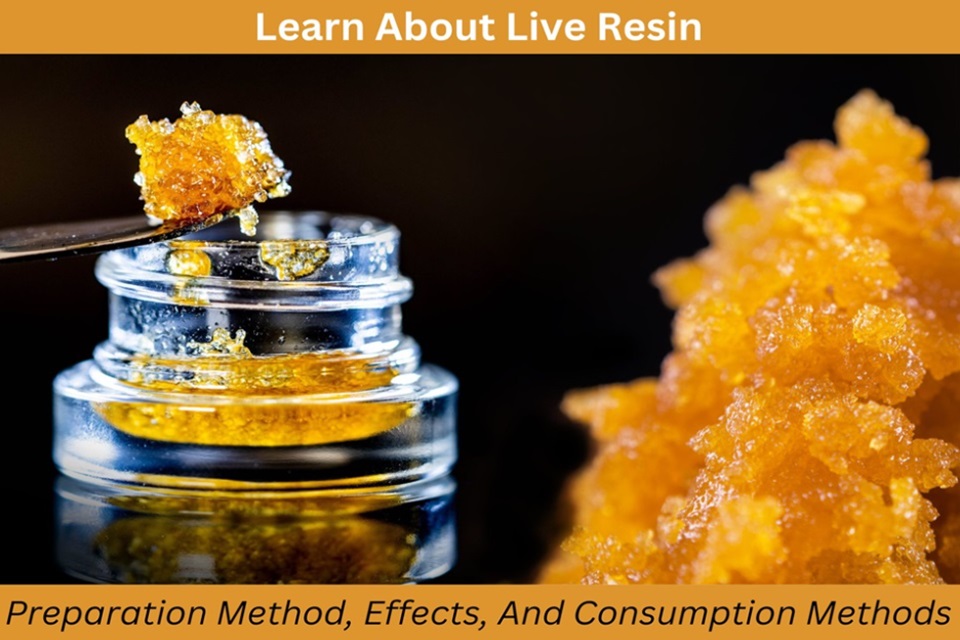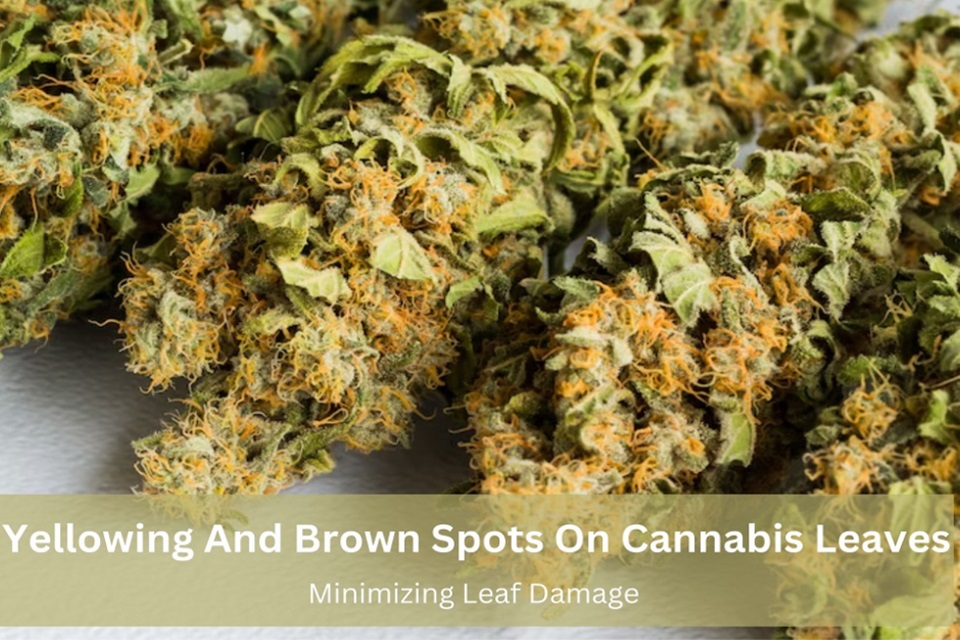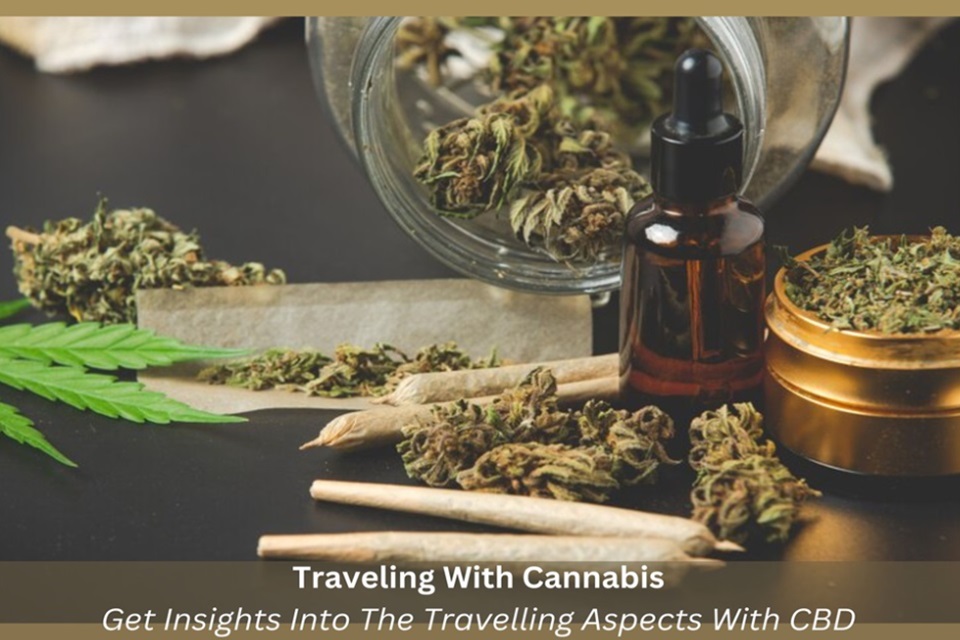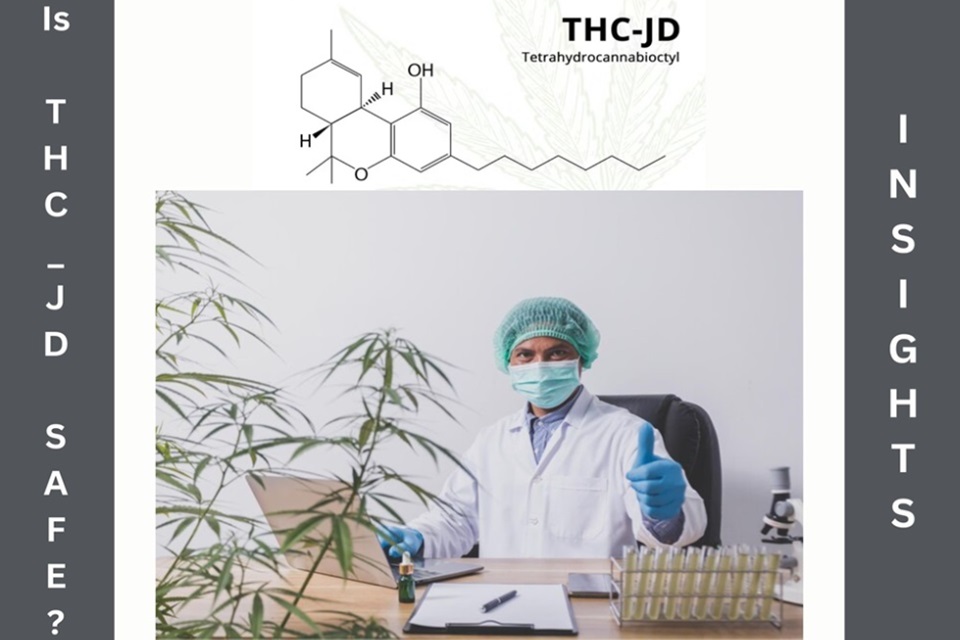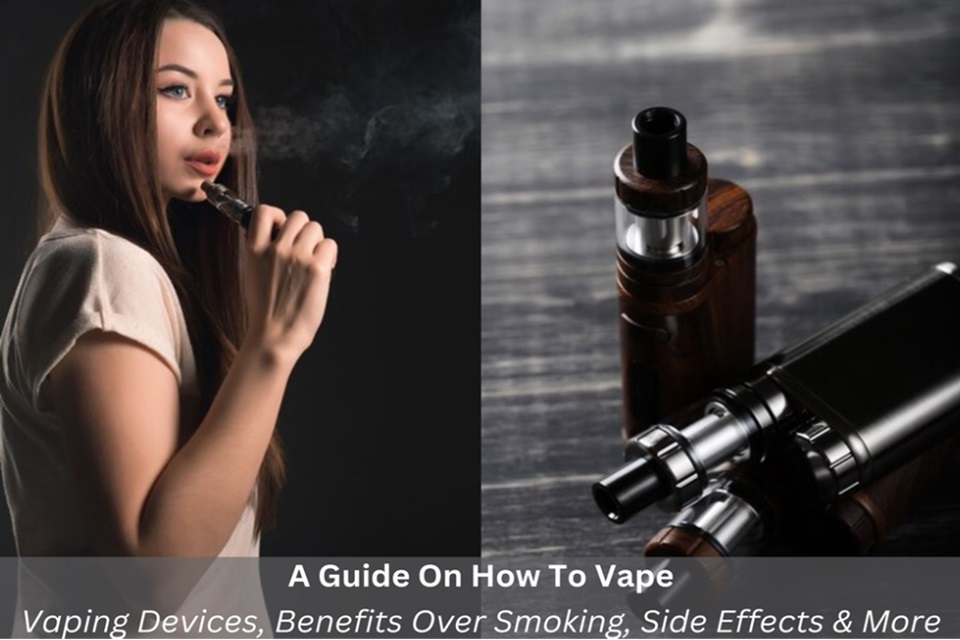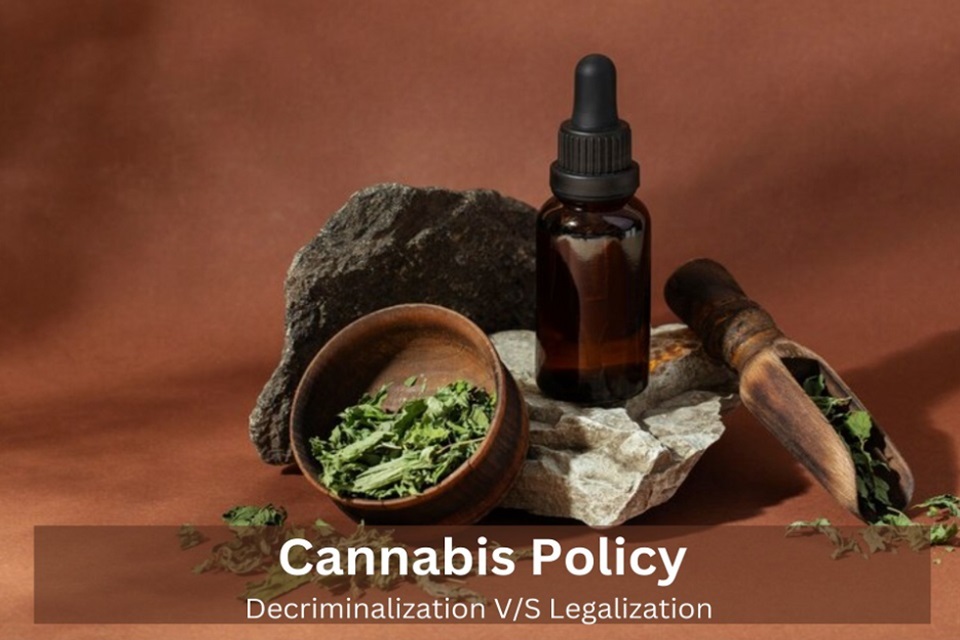Legal Age Of Vaping Around The World: Learn How Old Do You Have To Be To Vape
Vaping has become a widespread phenomenon, attracting people from all walks of life. However, like many other activities, vaping is subject to legal regulations, particularly concerning the age at which individuals can legally partake. Understanding these regulations is crucial for ensuring compliance with local laws and promoting responsible vaping habits. This article explores why vaping is popular, how it compares to tobacco smoking, the pros and cons of vaping, and the legal age requirements across different countries.
Vaping: Why It Is Popular?
Vaping is favored for several reasons. It is often seen as a less harmful alternative to smoking tobacco, appealing to those looking to quit smoking. The variety of flavors also adds to its allure, making the experience more enjoyable than cigarettes’ harsh taste. Additionally, the perception that vaping is more socially acceptable and its portrayal in media and advertising has contributed to its widespread use.
Vaping Vs. Tobacco Smoking
While both involve inhaling substances, vaping and tobacco smoking are distinct. Traditional smoking involves burning tobacco, which releases tar and numerous carcinogens. Vaping, on the other hand, uses an electronic device to heat a liquid (e-liquid) containing nicotine, flavorings, and other chemicals, creating a vapor that is inhaled. This process eliminates many harmful by-products of combustion present in cigarette smoke.
Pros & Cons Of Vaping
| Pros | Cons |
| May help in smoking cessation | Long-term health effects are still unknown |
| Variety of flavors and customization options | Risk of nicotine addiction |
| Generally less harmful than smoking | Potential for unsafe homemade e-liquids |
| Less secondhand smoke impact | Not suitable for minors |
How Old Do You Have To Be To Vape?
The legal age for vaping is not universal and varies from country to country. Here are some examples:
- United States: The federal legal age for purchasing vaping products is 21. This regulation was implemented to curb underage vaping.
- United Kingdom: The legal age for buying vaping products is 18.
- Canada: The minimum age varies by province but is generally set at 18 or 19.
- Australia: Vaping laws differ by state, with some regions banning the sale of nicotine e-liquids entirely.
- European Union: Most EU countries have set the legal age for vaping at 18, aligning with the age for tobacco products.
- Japan: The legal age for purchasing vaping products containing nicotine is 20.
- New Zealand: The legal age for vaping is 18, and the country has strict regulations to prevent youth access.
These variations reflect differing national policies on public health and youth protection. It is crucial for vapers to be aware of the laws in their specific region to ensure compliance.
Things To Keep In Mind
- Check Local Laws: Always verify the legal age and regulations regarding vaping in your area to avoid legal repercussions.
- Health Considerations: Understand the health implications of vaping and make informed decisions, especially if you are considering it as an alternative to smoking.
- Product Quality: Ensure you purchase vaping products from reputable sources to avoid counterfeit or low-quality items.
- Awareness and Education: Educate younger individuals about the risks of vaping and discourage underage use.
In Summary
Vaping continues to be a popular alternative to smoking, offering both potential benefits and risks. The legal age for vaping varies around the world, generally ranging from 18 to 21 years. It’s essential to stay informed about the regulations in your area and consider the health impacts before starting or continuing to vape.
FAQs
Q: What is the legal age for vaping in the US?
A: The legal age for purchasing vaping products in the US is 21.
Q: Is vaping safer than smoking?
A: Vaping is considered less harmful than smoking, but it is not without health risks.
Q: Can minors purchase vaping products in any country?
A: No, most countries have set the legal age for purchasing vaping products at 18 or older.
Q: Why do young people find vaping appealing?
A: Flavored e-liquids, peer influence, and marketing can make vaping attractive to younger individuals.
Q: Are there places where vaping is completely banned?
A: Some countries, such as Australia in certain states, have strict regulations or bans on nicotine-containing vaping products. Always check local laws for specifics.
Continue reading
